Profoto is busy developing their A series line of flashes. Just look at the recent focus the company has put out on the Clic modifiers, notably, launching the Clic softbox, which we reviewed some time ago. A few users commented that the A1 series flashes will be too weak to be used under certain settings with the Clic softbox, which got me wondering if there is a more powerful flash coming along soon. There was: the Profoto A2.
Introduction
The Profoto A2 is a small, 100 W light that is made for the traveling photographer. Packing the best of what Profoto has to offer currently, the A2 is a comfortable alternative for those who see the B10x as too big. It does almost everything its bigger brother, the B10X, does. The differences are the amount of power it delivers, size, and ability to adust modeling light temperature. The A2 is truly tiny, not larger than a cup of coffee or Swedish Glögg. This does come at a premium. As with everything Profoto you need to be prepared to shell out a decent amount.
Build Quality
The Profoto A2 has traditionally solid construction. It feels and handles like an expensive light. Weighing 27.3 oz or 773 g, it is not too heavy to handhold for long periods of time. Honestly, compared to the B10, I would pick the A2 each day every day if I'm running and gunning. Profoto advertises the light to be the size of a soda can, which is true. It will fit in small camera bags, even the sling bags made for a single camera body with a lens or two. In the absolute worst-case scenario, you can throw the A2 in the water bottle holder on your camera bag. The A2 will stay put. The body of the light is covered in a rubber-like material, which makes gripping the light easy. Compared to the B10, which is thicker and made from plastic, which may be slippery, the A2 wins. 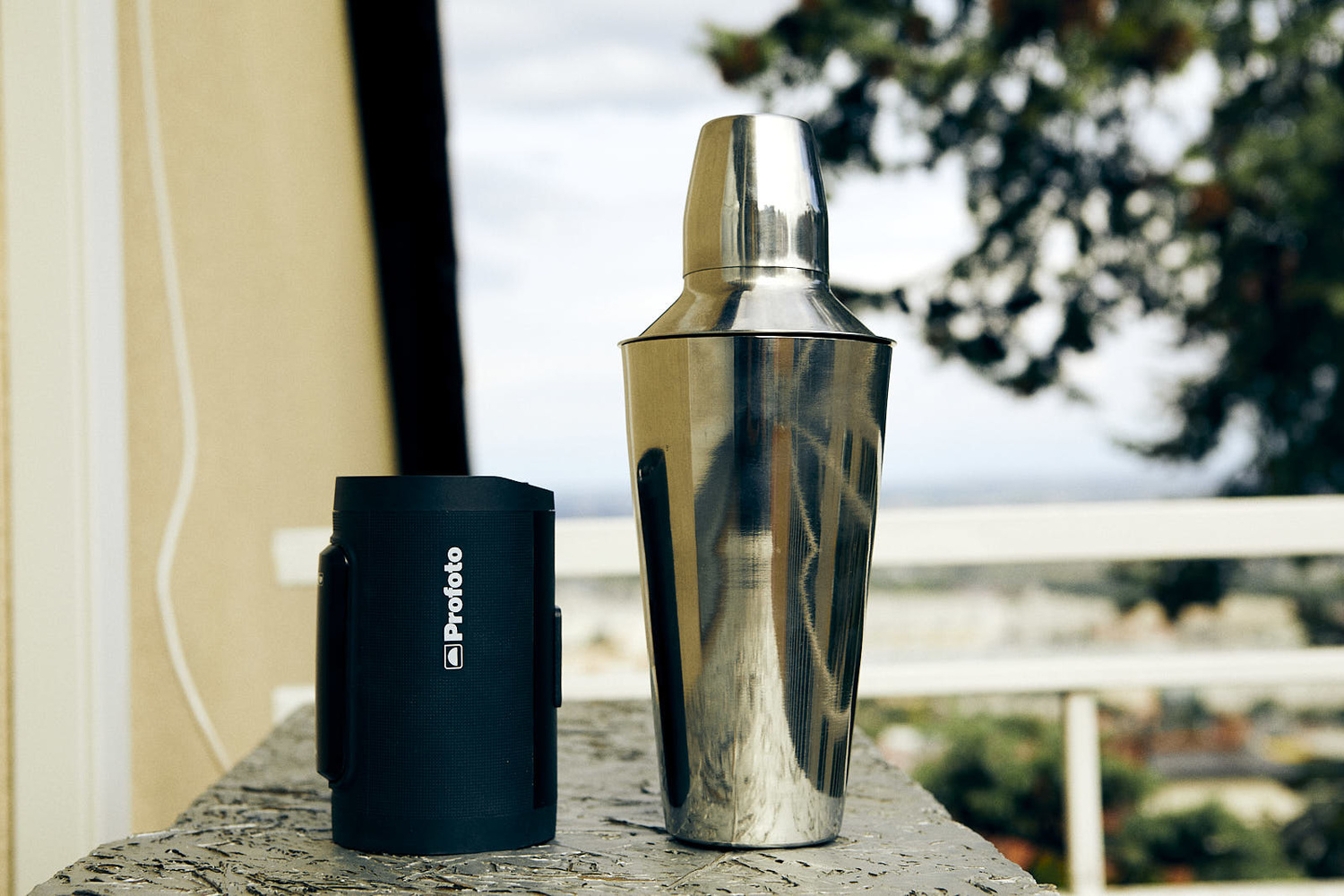
The Profoto A2 ships with a tilt bracket, which you can use to mount the light on the light stand, as well as put umbrellas on it. A few users complained about the knob being hard to work with on the B10 series; however, that problem has disappeared on the new A2, and I did not see any problems with tightening the light in place. 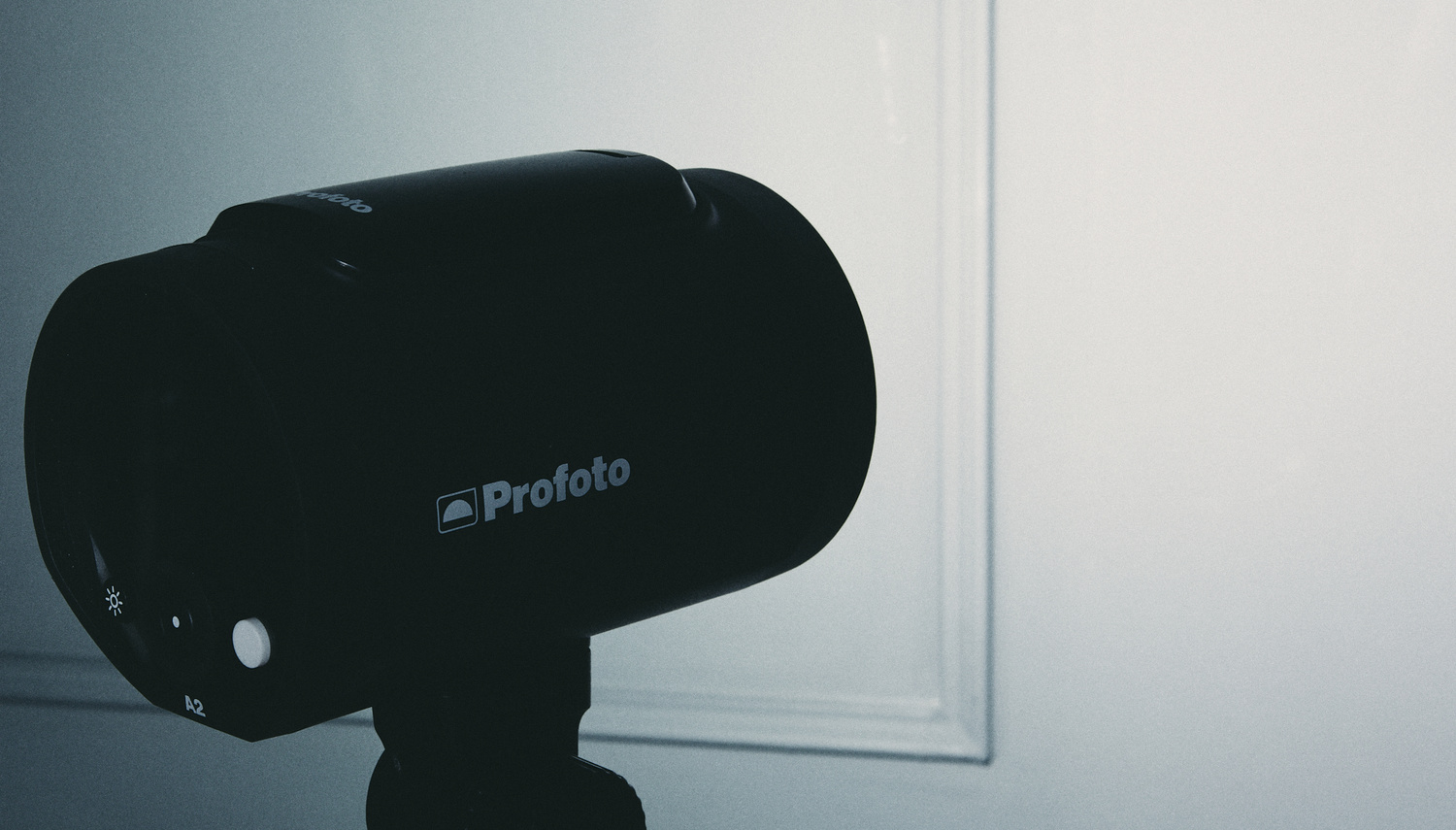
Features
Profoto is going hard at making connectivity between lights easier and better. This can be seen in their new Connect Pro release, which perhaps was overdue, as well as new features. The ability to control the A2 from your phone makes it even easier for photographers who want to carry less kit around. For example, a photographer who is using an A1/A10 on their camera in combination with a bunch of A2 lights will find it easier to simply open the app on their phone and set up the lights. The app itself is being improved constantly, and as of now, you can control nearly any feature of the A2 from a distance.
New connectivity in new Profoto lights enables having absolute power values. In the past, users were not able to see what power their light was set to without walking over and checking that on the unit itself. Now, you can simply check the screen of your remote and know. And yes, this was perhaps a reason a lot of users didn't use Profoto lights. Connectivity matters.


Personally, I love using AirX, and I secretly wish I owned more lights that support the technology because my current arsenal of strobes has Air-TTL at most. Funny enough, I am searching for a Pro-7a from 1998. But, when I do get to use AirX on demo units Profoto so kindly loans, the experience is second to none. I work faster and focus more on the creative side of the process. Profoto really put a lot of effort into improving the connectivity in their ecosystem, which is where the future of lighting possibly is.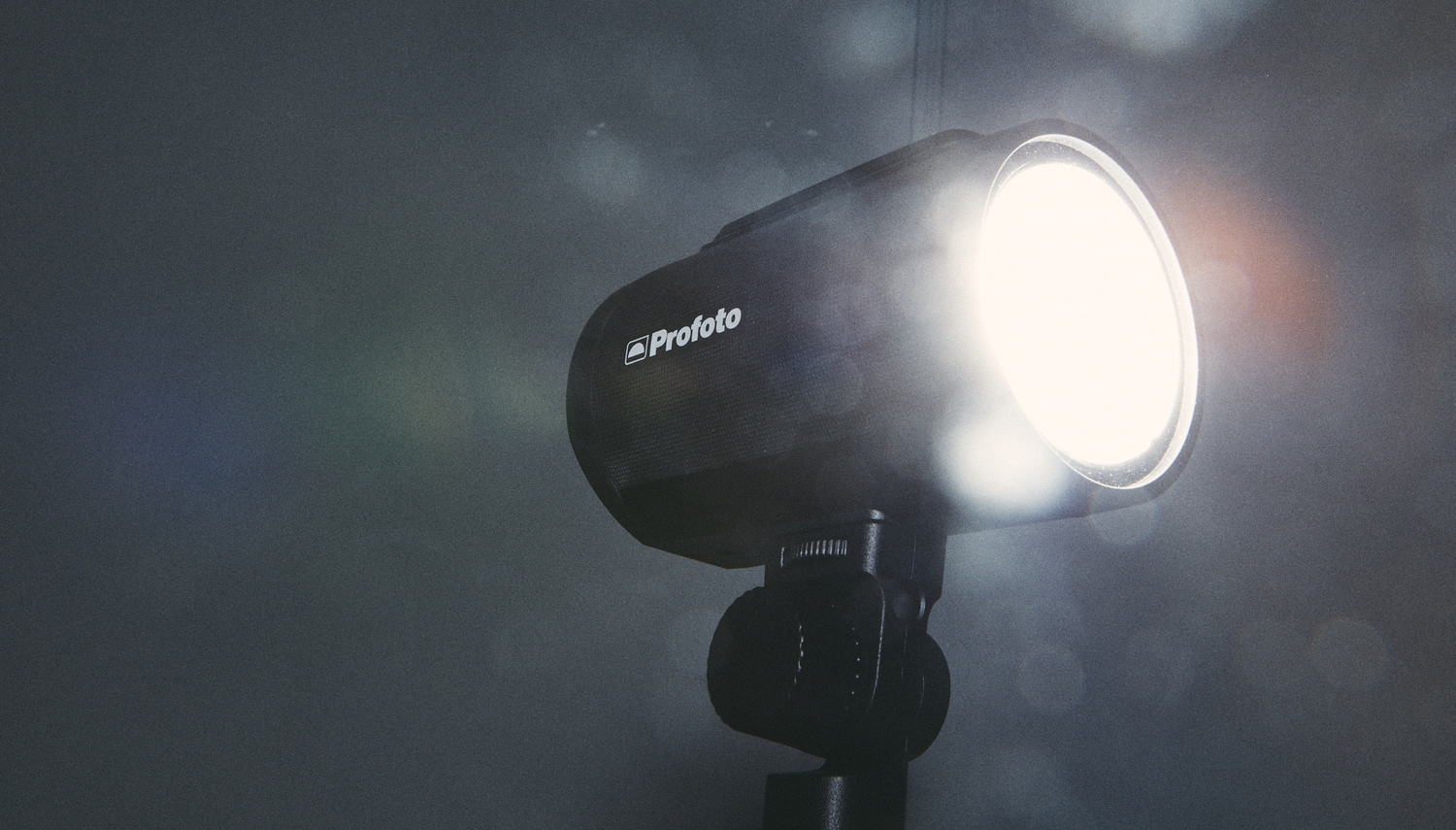
Light Quality
The A2 delivers 100 Ws of power at 5800K, which is slightly warmer than other Profoto lights. The flash duration is excellent, though, with a t.1 value of 1/350s at full power will freeze motion very well. The t0.5 value is even better: 1/1,200s, which is already reminiscent of the D2s performance. Remember that the A2 is a small light made for the traveling photographer. It won’t disappoint those who shoot active sports or freeze motion on events. The recycle time is nothing extraordinary, though: 1.6 s at full power. That's not too bad, but could be better since it is used primarily in run and gun operations, where the photographer may not have 1.6 seconds to wait for the action. The perfect moment only lasts so long.
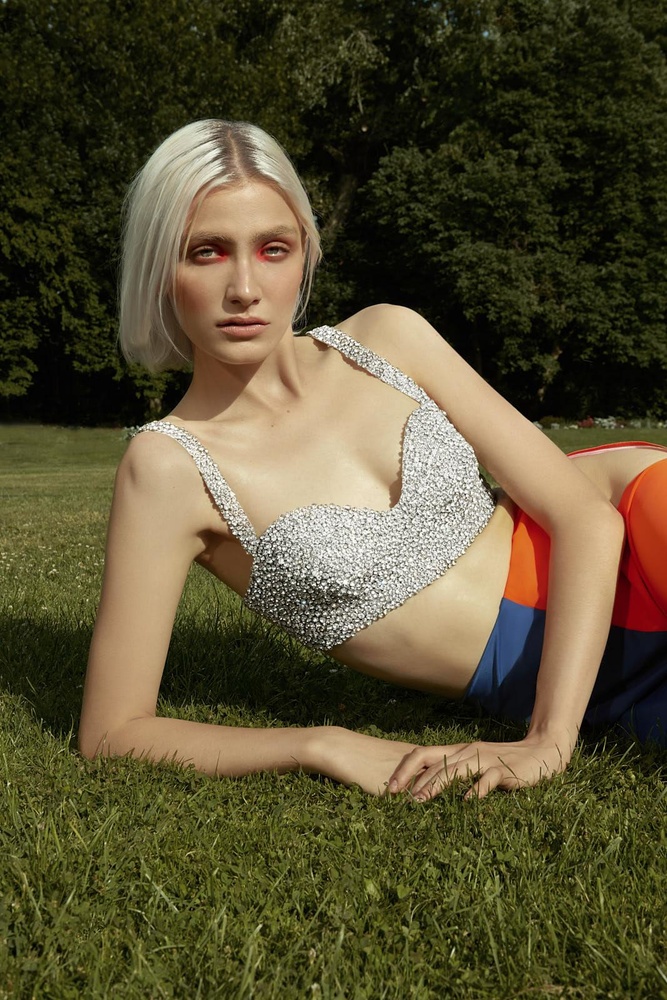
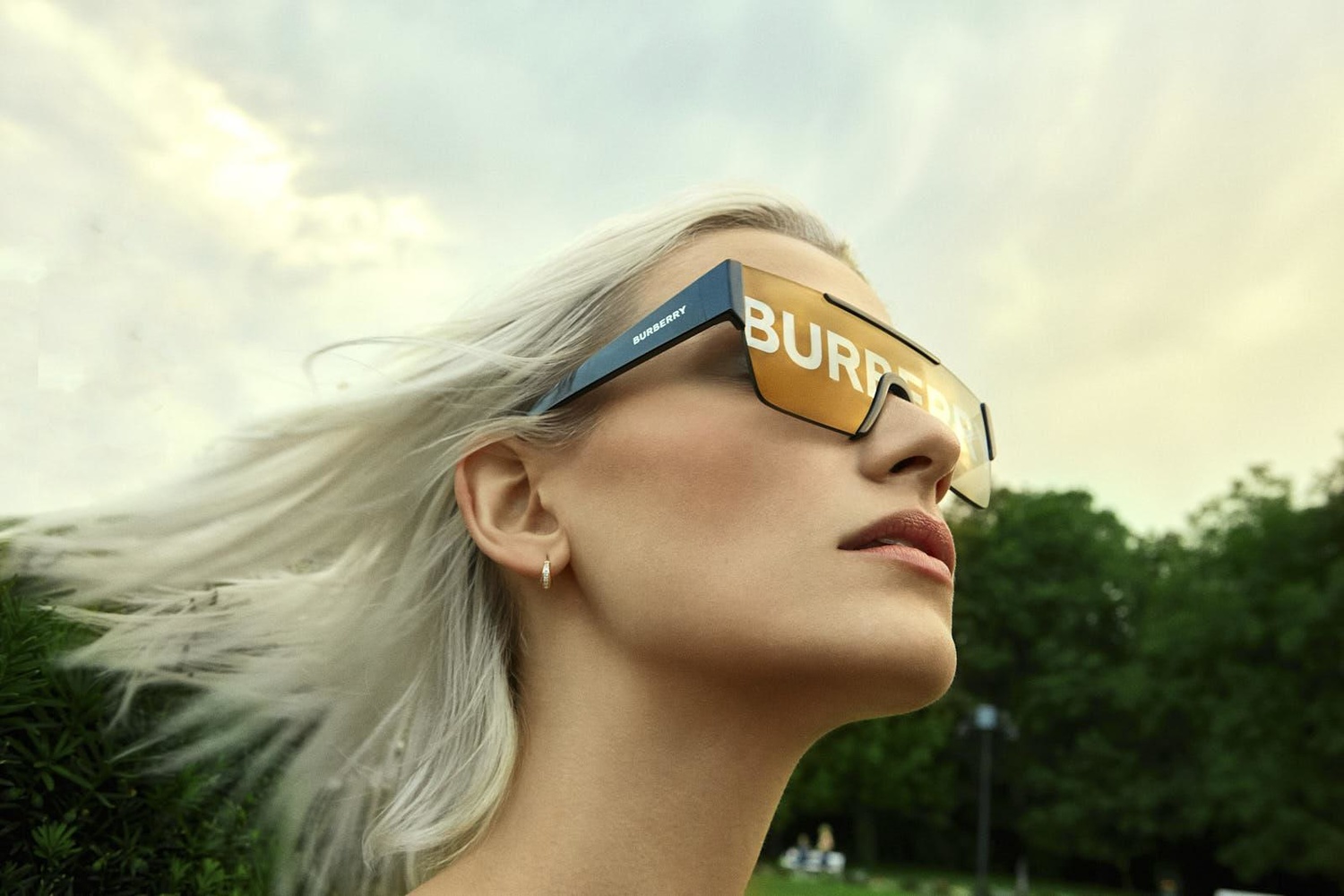
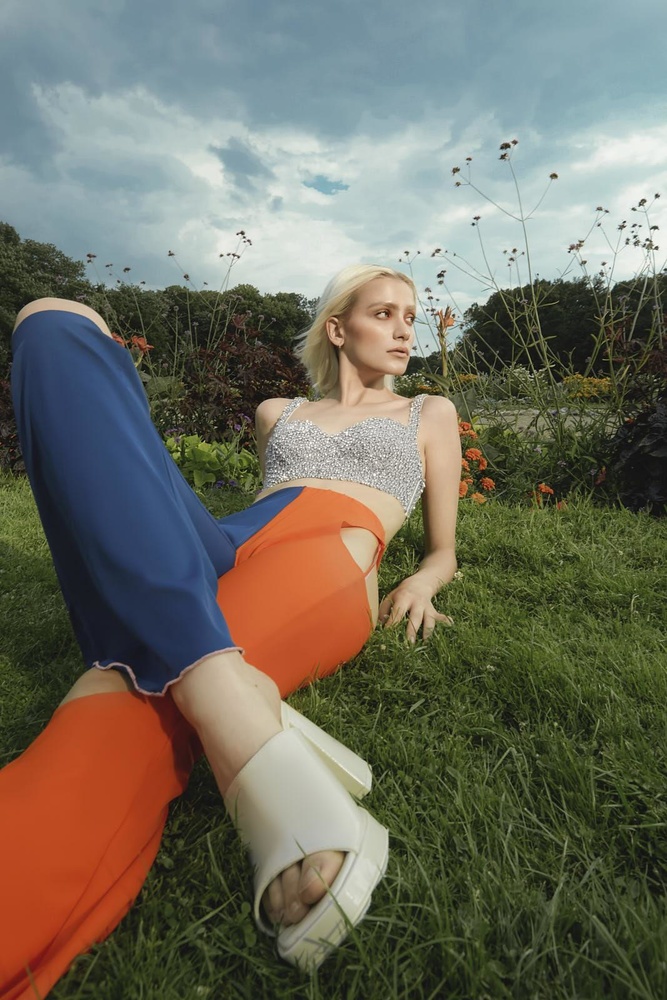
Who Is It For?
It stands between the A10, made primarily for on-camera use, and the B10, made primarily for the OCF range of modifiers. In a way, the A2 is simply a more powerful A10, but smaller and without a hot shoe. So, essentially, if you relied on a few A10s in your setup, say a multi-light wedding setup, you can slowly start to phase those out and invest in the A2. The A2 is smaller while being slightly more powerful than the A1. It is a perfect companion for the photographer who has to travel to shoot and often covers events or weddings. That is not to say that you can’t shoot portraits or other work with the A2. While it is not enough to overpower the sun, it is plenty for adding an extra punch of light to your image. So, the Profoto A2 is mainly for the traveling photographer who has the A1/A10 and wants to add extra lights that won’t take up too much space in the camera bag while being compatible with the Clic range of light shaping tools. I’d suggest getting two A2 lights and an A10 as a master light on your flash. That way, you will have a great three-light setup you can take with yourself. But be careful, as there are not too many Clic accessories available as of now, so it would be great to see more softboxes and modifiers made for the A series flashes. For now, there are grids, gels, and a Clic Softbox.
There is a Clic adapter made for the A2, which allows you to put OCF modifiers on the small light. However, it is the opposite of what the A2 tries to be: portable and small. I can't imagine too many photographers spending $299 on such an adapter. I would hope that this is similar to the original OCF adapter made for the A10 light: a temporary solution to the much bigger problem of lack of Clic softboxes and reflectors.


What I liked
- Size and weight
- Light quality
- Future-proof AirX technology
What Could Be Improved
- Price
- Variable temperature LED
- Range of accessories and modifiers
Closing Thoughts
Priced at $1,000 the A2 is a light that delivers above the A1/A10, but below the B10x. It will be a great companion for wedding, street, and outdoor photography projects, but won’t be so useful in the studio because of its low power. Ultimately, the A2 is a brilliant run and gun flash. The competition, such as Elinchrom One, delivers 30 W more light, but it won't be so compact. Godox has a similar 100W light, the AD100. However, it will be less consistent, and build quality won't be as good. With that in mind, you can get a three-light AD100 kit instead of one A2.
Ultimately, the A2 is a lightweight portable light that fits very well with the existing Profoto ecosystem and is priced reasonably well for a Profoto product.
What do you think about the new A2? Will you be adding it to your setup? Let us know in the comments!







That pricing goes even beyond the scummiest GPU scalpers in terms of gouging.
With that kind of pricing, how would it compare to spending a similar amount on 2 Godox AD600BM units? (pricing fluctuates but you can often find them for $500 each).
While their past products have shown to be better than competing products in some areas, but at a far higher price, it often looked like being extremely deep into the realm of diminishing returns.
Profoto is definitely not an affordable choice in the short term. But hey, there are a lot of people who are glad to pay a premium for Profoto products.
Yes, I have paid for Broncolor products new with absolutely no regret but I have purchased a lot of used too because it will last many decades. Photography is the only industry that massively shops Harbor Freight style but most specifically when it comes to lights. If people charge properly for their service with a long term plan, expensive equipment can make a lot of sense, be actually cost effective and I would say can contribute retain clients for a very long time. Buy it and forget it, it’s a tool and a worry free tool will help any business grow. This said, $1000 for 100ws, no that would not be in my tool box.
The last power pack (or heads) I bought new was sometime in the 90s.
There is always someone going out of business.
Nice review, as always the biggest issue with Profoto is always going to be the price.
Yep, totally agree, that's why all my Profoto is second-hand :) They 90s Pro-Pack is on its way haha.
At least Profotos are still reliable when they are used, unlike BMW and Audi...been there done that, twice. :)
Oh no…how bad did it get haha?
When I bought my first Profoto "kit", a pro-3a 2400, with a fibrebilt case, extensions for heads, and three heads, I paid a very decent price . . . and was quite pleased with myself. Then after a couple of years (they had upgraded), and I decided to expand my abilities . . . holy, good, shit!!!!!! Profoto prices attack from two directions . . . the cost of the bits and pieces (they are always well engineered and manufactured) . . . and the potential heart medication you might need everytime you decide to "expand" your horizons.
Regardless, it is the smartest decision I have made in a successful 40+ year career as a commercial photographer. I almost never have to look for repairs . . . which cost money, and time, which is more money . . . I don't have to worry about "performance" it is always exactly spot on . . . which through the years saves a fortune.
None of that can be said long term for all the "wanker flex" equipment that is currently flooding the market.
There is a good reason why Broncolor and Profoto are still leaders and very successful . . . something that most of the readers can't understand. It is not about flashing lights and whiz bang buttons . . . never has been . . . it is, and always will be . . . about reliable and consistent results . . . time after time after time.
That is what pays the bills . . . the big bills . . . with big pay.
Agreed! Although there is definitely a place for Profoto gear in the prosumer market
Only problem is, they have heads that they don't make flash tubes for anymore. Really a shame when 90% of the product still works, but you have to throw it away because you can't put in a new flash tube.
I have one of these and need to find how it complements my other Profoto Lights (mainly B10s). It's smaller but it's also a lot less powerful. The modeling lamp is almost useless which I think could be the biggest advantage to it if the power was usable. It is a pretty cool unit and love that the battery can be used among other Profoto products.
I could see using a handful of these low powered easy to hide lights on some of my shoots, to use as a localized accent lights.
But I would rent not buy...or use Godox v1s if the color matched th main lights.
Lordy, a thousand bucks for 100 Ws. smh
I can't think of anything that could even begin to justify that pricing. the major cost drivers in a strobe, is the power management, and capacitors. But even if you go with military grade and aerospace focused components, you would struggle to even hit $120. Basically for major cost drivers, if you do the pcpart picker equivalent of picking the most expensive components in each category, you would only reach a tiny fraction of the pricing, and I am sure they are not using components focused on operation in extreme environments.
I am wondering if manufacturers do think the same about us, photographers. Why do they charge so much for a photo shoot... Just saying.
While many other expenses go into creating a flash, there needs to be some perspective on the markups. They are not reinventing the wheel with their 100Ws product, They are using the same UI and many other aspects of prior items. Outside of that, even if you consider low volume production items such as oscilloscopes, they will cost hundreds of millions to the low billion range to develop, but may sell for about 5 times their BOM cost. (super high margin device but not a common household item yet). Furthermore in that realm, models that utilize older existing technology, e.g., a basic 100-200MHz DSO, will sell for effectively 50% over their BOM cost.
The only times you see astronomical markups, are when you see a highly specialized scope, where they are charging $700K+ because they only ever expect to sell less than 3000 over the market life cycle of the product.
For the price of a photo shoot, the pricing will often reflect unique non-scalable work. For example, a photographer cannot do 1 wedding photo shoot every 1-2 years, and then use that single shoot to generate photos for dozens of other weddings (essentially selling customers a 2022 model wedding photo pack that is someone else's wedding). Simply put, there is no economy of scale for a photo shoot.
Comparing a photo shoot pricing to the markup in a strobe, would only truly fit if the company making the strobe was sending out someone to you in order to examine your needs, and then custom build you a strobe, thus you ending up with a unique strobe, where even though they may have only used $30-40 in parts, a professional did unique work to make a unique product just for you.
I guess what you are saying is that what ever it cost them we shouldn't pay but so much because they keep making baby steps and progress. To me the real value is in the ecosystem and what I can get from it. I don't have rental house near me so being super flexible with the ecosystem I have is key to grow trust with my clients and with stability come savings. For example my advertising cost is very tiny.
I wouldn't buy this 100ws light mostly because I typically need much more power for the work I do, yet I can also go nearly as low if needed. The difference is transportability, where this beats what I have but wouldn't fit in my ecosystem as far regular need. Personally I think that profits from a good ecosystem will out do a small saving manyfold in a fairly short amount of time.
Lastly, I see what Francisco is doing but I still have no clue if he makes a living out of photography. As far as I know he doesn't.
It is more of a point of blinding greed. Basically some businesses will are not content with making a lot of money, their goal is to make all of the money.
It is the same mindset of the microtransaction pay to win infested games. Often times that level of greed ends up costing the company by driving away customers who would otherwise pay a lower but still highly profitable price.
You should rethink what you wrote as you have the greedy one inverted from reality.
These “greedy” companies started when the market was super tiny in the late 40’s and 60’s. The market didn’t explode until 50 years later with the digital boom. Paul Buff greatly contributed to this before the Chinese brands, but even way before his heydays in the strobe industry, those “greedy” brands had invented basically anything that you see on your Chinese lights today. They did that in a very small market and that market is still around, like it or not. So, that’s how Buff came out with his ring flash and the Einstein. No technological improvement just took the same ideas and adapted from these horrible brands. And believe me, he the didn’t think much of them either but yet followed them 100%. Then came the Chinese... and, and… same story.
Your Chinese brands just copied everything and good for them if they don’t infringe any patent, but they are flooding the market and the fact that you don’t see greed in it is quite remarkable. Interesting, because that is exactly what as you wrote: “Basically some businesses will are not content with making a lot of money, their goal is to make all of the money”. In fact they even have expanded to packs and heads now. Instead you think other brands with a tiny footprint should adjust to what you want to pay. I think if Godox is better for you, why do you even worry what other brands charge? The reality is that I believe you are talking more about blinded by cheap here.
With that logic, you could justify charging over $500K for an 8TB hard drive.
See you just throw stuff you don't understand. in 2000, a compact flash would cost you $1.00 per megabyte. Please stop the bleeding.
Compare hard drives from 1989 (keep in mo d that hard drive technologyis different from flash storage, my post was about hard drive tech) to today, and then think about your comment about greed.
Are you about to talk about the ZX Spectrum? It's getting confusing how far from lights and strobes you have shifted. I can't keep up. Sorry. I did have a 500mb Microdrive. May be that can bring us back into photo topic. I don't know, surprise me.
Imagine if you applied that to the word of a cardiac or brain surgeon . . . they would be earning about $6.48 per year.
Why would I choose this over the AD200?
You don't have to that's 100% your choice.
I think it really shines with the clic softbox and someone holding it close with a monopod. I like the A2 a lot
Definitely a great way to use it! It is remarkably lightweight
Another absurdly over priced product for people with more money than sense.
Yet it is very popular and available all over the world for rent..seems like it's got something going for it.
Well, it's only $85 to rent for 7 days. :D
Yep you charge the client for it. People rent lenses the same way every single day yet no one has an issue with it.
It's $1000 for 100Ws. That's the issue.
So you are posting on rental and reply about the full price. Man, you are on a roll today! My hat to you.
The fact that it is for rent makes the point that it does sell and provide return for some and if the renter likes it, they might buy their own. In fact no one stops you from renting Godox products. May be you should try it.
--- "The fact that it is for rent makes the point that it does sell"
Yeah, to rental houses. The fact one has rent a 100Ws light is not a good look. lol
Btw, did I mention it's $1000 for 100Ws?
The use of Ws as opposed to J seems a little strange.
Anyway, nice review. Thanks.
Thanks for reading and commenting, Edward!
I have a couple of Godox ad200s . . . bought for a limited, but specific need once. My main lighting, about half of which was bought used, is Profoto. 3 acute b600s, a pro-5, a pro-6 . . . and about finally to be retired, a pro-3. The pro-3 (like ALL of my Profoto gear), has worked flawlessly, the pro-3 in particular for over 30 years . . . with only two small repairs. The Godox gear overheats under duress, is not consistent . . . and will probably be in the trash can within another couple of years. Not the Profoto gear. Looking at the cost over time . . . Profoto is infinitely CHEAPER than anything coming out of China at the moment. The cost up front is high, agreed, but you are getting something that is engineered and built to do what it is supposed to do for a very long time . . . not a load of bells, whistles, buzzers, lights . . . and overheating . . . which KILLS electronics.
The same reliability holds true for Broncolor . . . and to a lesser degree, Speedotron. All are like the Energizer Bunny . . . they keep on, and on, and on with very few complaints. If you have any business sense . . . they are a bargain. Period.
but the profoto of your good old analogish head and pack system isn't there around anymore.
the new ocf profoto is not that different than godox. if your ad200 falls and you have to replace the bulb it is just 39 dollar and you get it the next day from 2million retailers… your shiny new ocf profo you have to send to a repair shop and the bulb might be more expensive than another ad200. And stuff breaks, falls into water etc. this "awful" china stuff as many old photographers calls it is even easier and cheaper to repair than any other stuff ... and you even get the parts to do it by yourself if you want.
it is totally misleading to compare the new godox stuff with analog, build like tank european flash equipement from 20 years ago. no one is producing this stuff anymore, not profoto not broncolor
Give me a break, even Godox sales packs and heads, but I guess you missed that. Oh and they look just like Profoto packs with Broncolor connectors... Analog packs? ECTC has been on Broncolor for over 25 years and t.1 control for 35+ years. Tubes and bulbs for both Profoto and Bron are available next day from many retailers (a trillion of them by your standards). What are you talking about? You write about huge repair and part availability... are you saying they break easy?
If you know where to look . . . part of being adept and on your feet as a photographer . . . many spares are quite available from a variety of sources . . . most of the time at a far cheaper price.
My comment about heating is an important one. The new porta-profotos are small, yes . . . but Profoto has enough intelligence in their design to make sure the housings are large enough, and usually ventilated to not heat up . . . and destroy their innards.
From my experience, and what I have read from a variety of "photo" sources, all mention the same thing about a lot of Godox gear . . . that with intense usage, they shut down.
Say what you want to believe, but the reason they shut down, is because the insides are destroying themselves.
--- "that with intense usage, they shut down."
Are you even using Godox products (ad200)? They don't shut down, they slow down. Once it hits the thermal protection, it'll slow to about 1 shot per 8 seconds.
--- "Say what you want to believe, but the reason they shut down, is because the insides are destroying themselves."
No. Even if they were to shutdown completely, it's so they don't destroy themselves.
It's because they are overheating . . . because of poor design. Something that no Profoto or Broncolor ever does. I can shoot for hours at a pace with either of those makes . . . and the only thing that will slow down will be either the camera batteries (in studio I frequently power out of the wall with a transformer), or my finger. 1 shot per 8 seconds, if you are doing anything with live action is a no-brainer . . . time for the garbage can for such a unit. That is NOT performance by any stretch of the imagination. It is a toy.
Holy cow, do they not teach comprehension and common sense where you come from? You keep comparing your high power flash to a compact lower power flash and then whine and complain it overheats. Put on your thinking cap. It's like complaining the 4 cylinder truck you rented can't haul your yacht, but, your V8 diesel you have at home can easily pull it up a mountain. You've been in this business long enough. Long enough to know if the job requires 1200Ws, use 1200Ws or more, not 200Ws. I shouldn't even have to explain this to you.
So, you are comparing a compact flash to something that uses an external car battery? What are they, like 25+ lbs? Is there a reason you didn't list a Profoto compact flash?
No he didn't. His point was about ecosystem. Profoto is fairly new to compact flashes. Otherwise, I don't see why you didn't pick a battery operated pack for illustration. You certainly diminished the value of your reply by intentionally choosing an AC powered unit.
His words, not mine, "My main lighting, about half of which was bought used, is Profoto. 3 acute b600s, a pro-5, a pro-6".
--- "His point was about ecosystem"
Wrong. Read his statements again. Let me know if I need to break it down in A-B-C's for you.